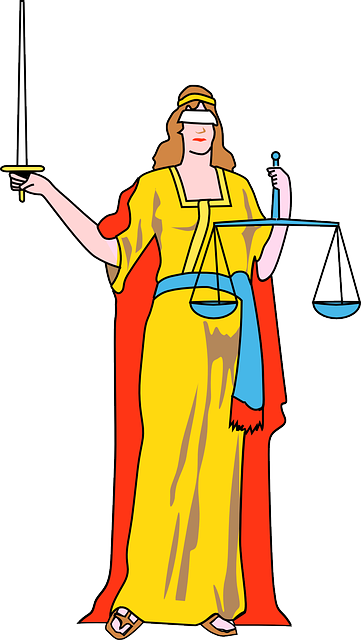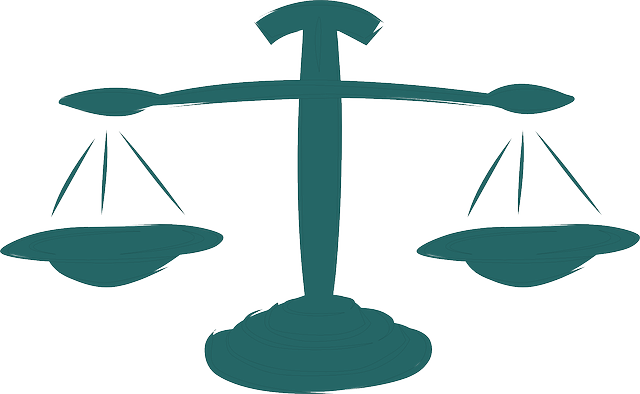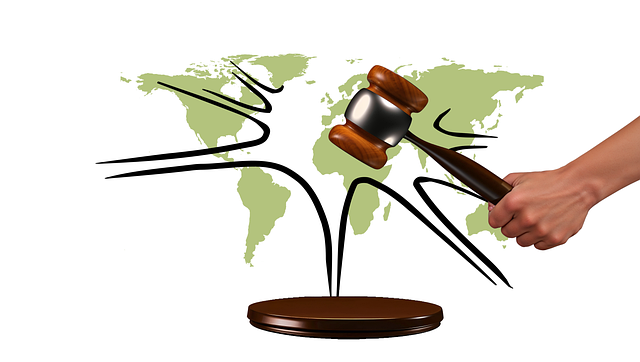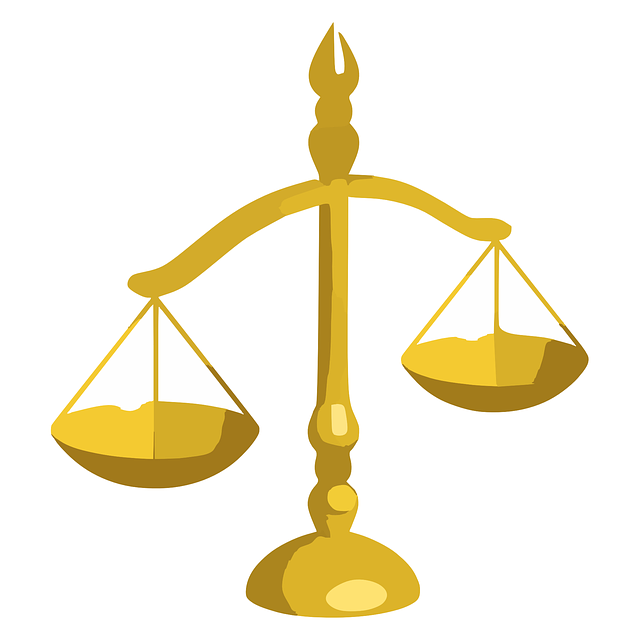Oregon's child welfare system is governed by a complex web of state laws, policies, and regulations designed to protect vulnerable children and families. To effectively navigate this system, one must understand the Oregon DHS statutes, which detail legal rights and obligations for all stakeholders, including parents, guardians, foster care providers, and government agencies. These laws ensure fair, transparent interventions focused on family stability, permanency, and well-being, with a holistic approach involving social workers and community resources. Understanding these Oregon child welfare laws and policies is crucial for both parents and professionals to assert rights, collaborate, and contribute to positive outcomes for at-risk youth.
Oregon’s child welfare legal system is a complex web of laws and policies designed to protect and support vulnerable children. This comprehensive overview delves into the key aspects of Oregon child welfare laws and their practical implications. We explore the legal rights and obligations for all stakeholders, navigate the intricacies of DHS statutes, and provide insights on effective advocacy strategies. Understanding these dynamics is crucial for professionals, parents, and advocates navigating this essential realm.
- Understanding Oregon Child Welfare Laws and Policies
- Legal Rights and Obligations for All Stakeholders
- Navigating the DHS Statutes and Their Impact
- Practical Considerations for Effective Advocacy
Understanding Oregon Child Welfare Laws and Policies

Oregon’s child welfare legal system is governed by a complex interplay of state laws, policies, and regulations designed to protect and serve vulnerable children and families. Understanding these Oregon child welfare laws and policies is crucial for both parents and professionals involved in the system. Navigating these laws requires a deep dive into Oregon DHS statutes, which outline the legal rights and obligations of all parties.
The legal framework ensures that child welfare interventions are fair, transparent, and based on well-defined criteria. Parents have specific legal rights, including the right to be informed, involved in decision-making, and represented by counsel. Meanwhile, Oregon’s child welfare policies emphasize a holistic approach, focusing not only on safety but also on family stability, permanency, and well-being. This comprehensive view involves various stakeholders, from social workers to community resources, working collaboratively within the framework set by these laws.
Legal Rights and Obligations for All Stakeholders

In Oregon, all stakeholders involved in the child welfare system—including parents, guardians, foster care providers, and government agencies like the Department of Human Services (DHS)—have specific legal rights and obligations. Understanding these rights and responsibilities is crucial for navigating the intricate web of Oregon child welfare laws. Parents, for instance, have the right to be informed about any investigations or cases involving their children and to participate in decision-making processes. They are also obligated to provide a safe home environment and meet their children’s basic needs.
Foster care providers play a vital role in the system and have legal obligations to ensure the well-being and safety of placed children, maintaining open lines of communication with DHS caseworkers. Navigating Oregon child welfare laws requires all stakeholders to be aware of their entitlements and duties as outlined in the state’s statutes. The Oregon DHS guidelines and policies further detail these rights and responsibilities, emphasizing a collaborative approach to ensure the best interests of the child are always at the forefront of every decision.
Navigating the DHS Statutes and Their Impact

Navigating the complex web of Oregon child welfare laws and policies is a crucial aspect of ensuring fair and effective implementation of child protection services. The Department of Human Services (DHS) plays a central role in administering these laws, overseeing cases involving at-risk children and families. Understanding the DHS statutes is essential for all stakeholders—from social workers to parents and guardians—as it defines their rights, responsibilities, and legal obligations within the child welfare system.
These Oregon child welfare laws cover various procedures, from initial intake and assessment to court involvement, permanency planning, and termination of parental rights. The policies aim to provide a structured framework that balances the protection of vulnerable children with the right of families to due process and support. By familiarizing themselves with these statutes, individuals can better navigate the system, advocate for their rights, and contribute to positive outcomes for Oregon’s young ones.
Practical Considerations for Effective Advocacy

When advocating for children involved in the Oregon child welfare system, understanding the state’s laws and policies is paramount. Legal professionals and advocates must be well-versed in Oregon child welfare laws, including the relevant DHS statutes, to ensure the rights of all parties are protected. The legal framework surrounding child welfare involves intricate rules regarding removal, placement, and case management, making it crucial to navigate these laws effectively.
Practical considerations include staying updated on policy changes, as Oregon child welfare policies evolve over time. Familiarity with the legal obligations of both the state and parents/guardians is essential for successful advocacy. By thoroughly understanding the Oregon DHS statutes, advocates can better represent their clients’ interests while adhering to the established guidelines for child welfare procedures.






